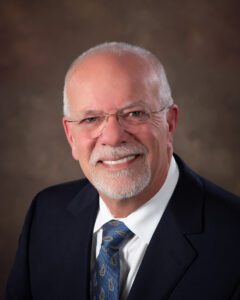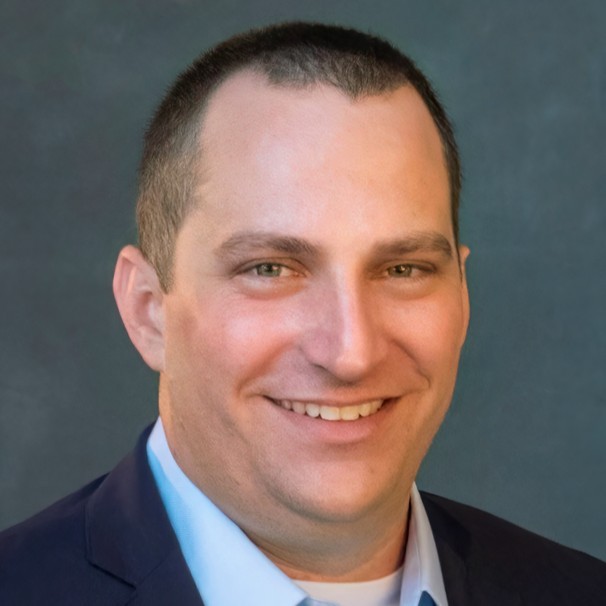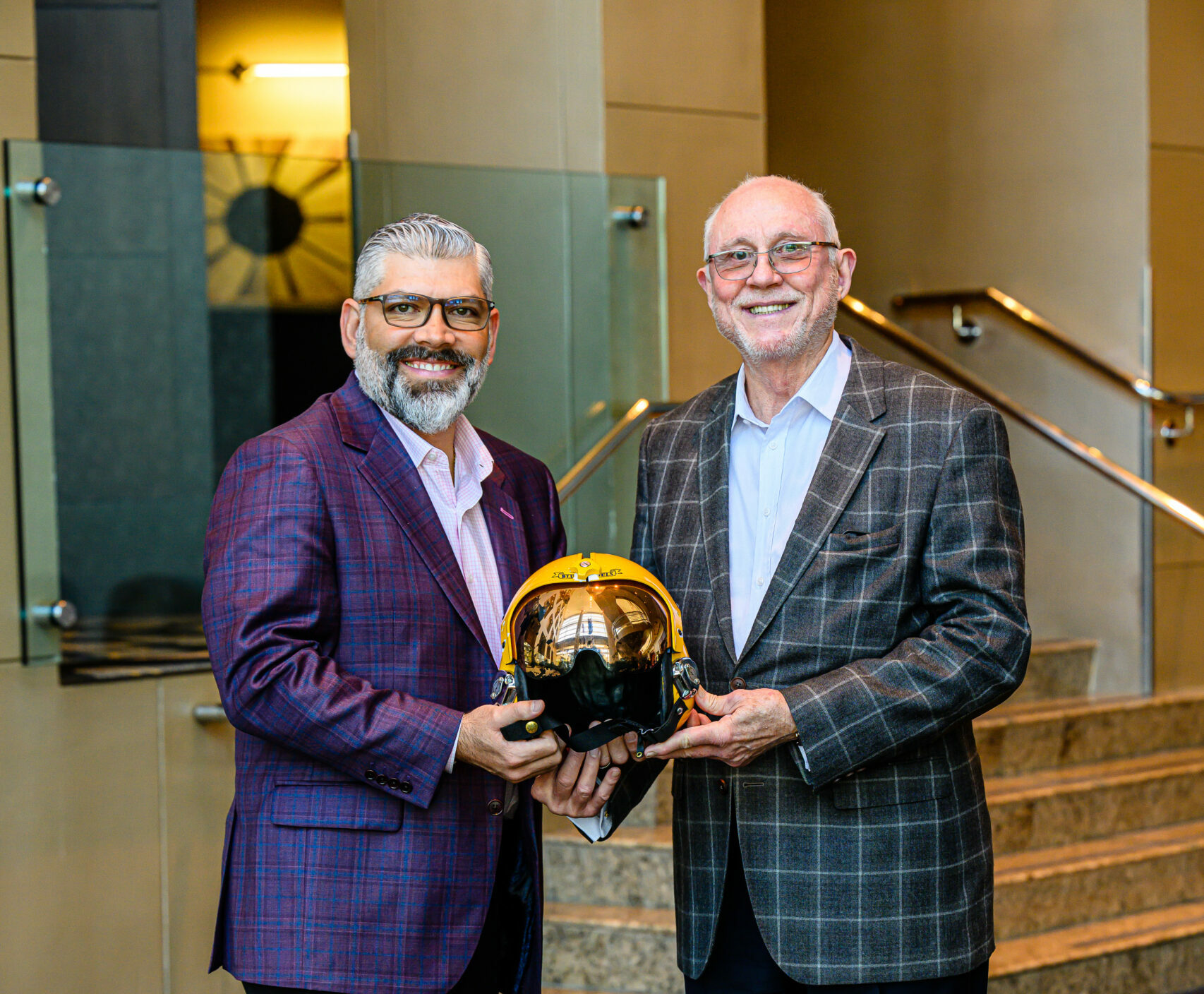By Bill Williams, president/CEO, Funeral Services, Inc.
and Wendy Russell Wiener, managing member, WRW Legal, PLLC
We are willing to bet that you received a greater rate of return on your “income only” endowment care trust in 2021 than you did in 2022. Of course, the dip in the market that occurred in the second half of 2022 dragged down your rate of return. And, a lower rate of return equates to a lower distribution to your cemetery for care and maintenance, which is not helpful during this time of rising prices. The shaky market of early 2023 may result in another year during which your endowment care trust distributions don’t effectively support the upkeep of your cemetery.
The very purpose of an endowment care trust is to support, forever, the care and maintenance of the cemetery. The legislatures of yesteryear understood that once a cemetery has sold all available interment rights, it will not have a ready source of income to support the upkeep of the cemetery. So, laws were enacted in nearly every state that require a percentage of each interment right sale, whether in ground or above ground, be deposited into trust.
Until roughly a decade ago, all such trusts were only legally permitted to distribute realized trust income – hence the nomenclature “income only trust.” Cash in an income only trust resulting from dividends and interest is distributed on a schedule as permitted by the applicable state law. Distributions fluctuate from month to month, quarter to quarter and year to year dependent entirely on the effectiveness of the investment management of the trust funds.
It is a basic tenet of investing that if the goal is to throw off income, then investments are geared toward that end and not to the growth of the corpus, or overall value, of the trust. If a trust is not invested for growth, and growth by way of additional deposits slows or comes to an end, income could become stagnant and may not be able to keep up with inflation, which could ultimately defeat the purpose of the trust: to provide funds necessary to care for the cemetery in perpetuity (the legal term for “forever”).

To address the long recognized, but not-yet solved problem, cemeterians began to look for a solution to their needs for forever upkeep. Recognizing the strategy of most charitable organizations, universities and endowments, cemetery owners started to investigate whether a total return trust was an answer.
It is.
A total return trust, sometimes called a unitrust, is one that is invested differently and distributes money differently than an income only trust. Generally, here’s how a total return trust works:
- The trust distributes a percentage, usually 3-5%, of the average total market value of the trust over a certain period, usually three years.
- The distribution is broken into equal parts, monthly, quarterly, semiannually or annually.
- The trust is invested for growth, which usually equates to a larger exposure to the markets and few fixed income investments – thus growing the corpus.
Why is a total return trust better? There are several reasons.
- First, the amount of money distributed each year is based upon the trust’s investment performance over the period of three years. Two good years and one bad year are averaged together, so that the impact of the bad year is diminished as compared to the impact of a bad year in an income only trust. Likewise, two bad years and one good year are averaged together, so that the good year props up the trust’s distribution notwithstanding prolonged poor performance.
- Second, the amount of money distributed in a year is determined at the end of the prior year, creating a known distribution amount that can be relied on and is not at the whim of the investment performance. For example, if at the end of 2022, it is determined that the total return distribution amount for 2023 is $120,000, the cemetery knows it can rely on $10,000 per month from the trust to assist with care and maintenance of the cemetery.
- Third, the investment managers for the trust can take a “long view” and invest the trust funds for the purpose of growing the total value of the trust, which directly supports the legislative intent that a cemetery’s endowment care trust prop up the cemetery, financially, for eternity.

Let’s take a look at some real numbers from the last few years. These numbers are directly from data maintained by Funeral Services, Inc., the country’s largest death-care trust recordkeeper. Note that these numbers do not reflect the performance of all trusts for which FSI keeps records.
- Rate of Return for Total Return Trust:
- 2019: 37%
- 2020: 60%
- 2021: 42%
- 2022: -12.18%
The income only trust also suffered a similar negative rate of return in 2022. But the impact of the negative rate of return for those cemeteries using a total return trust is lessened for the distribution amount in 2023 because of the returns enjoyed during 2020 and 2021.
Perhaps the most important takeaway is that while those cemeteries utilizing an income only trust in 2022 received little, if any, money from trust distributions during the latter part of the year to support their upkeep, conversely, those using a total return trust enjoyed a distribution based upon the trusts’ performance in 2019, 2020 and 2021. For those using a total return trust, the impact of the 2022 market downturn was not felt at all during 2022 and will be felt less painfully during 2023 thanks to the averaging of the rates of return.
As of the date of this writing, 17 states have enacted laws permitting owners and operators to choose the type of trust investment that is right for each cemetery. Those states are Arizona, California, Colorado, Delaware, Florida, Georgia, Iowa, Indiana, Maryland, Missouri, Nevada, North Carolina, Oklahoma, Tennessee, Texas, Virginia and Washington.
It’s time to support efforts to legalize the total return trust for cemeteries in all states!
Follow FuneralVision.com on LinkedIn.
Follow FuneralVision.com on Twitter.
Follow FuneralVision.com on Facebook.







